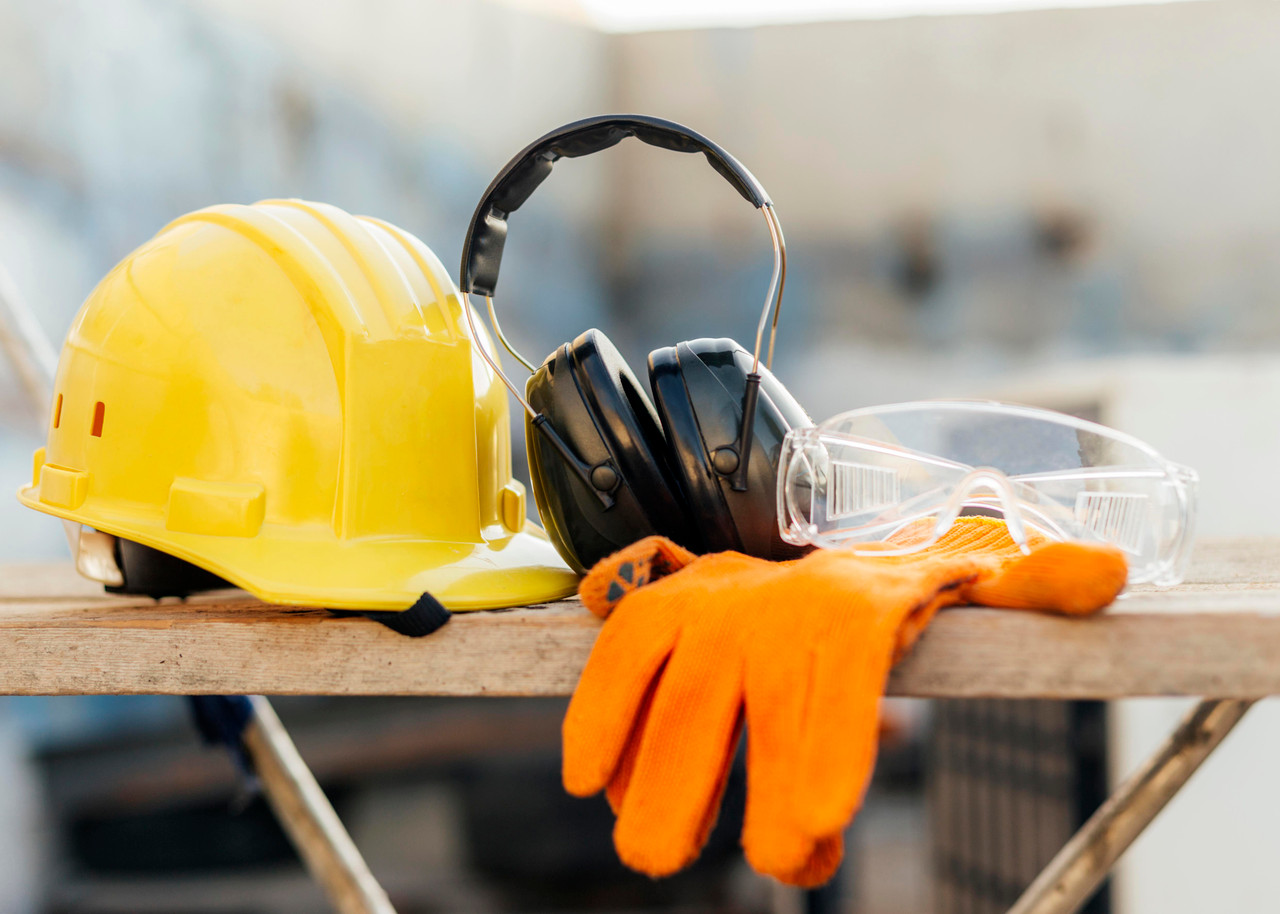What People Ask Most About Safety Gears and PPE - Explained Simply
Jul 18th 2025
Being prepared is just as important to workplace safety as exercising caution. Personal protection equipment (PPE), whether you operate in a laboratory, hospital, factory, or construction site, can lower the chance of injury. However, a lot of individuals are still unsure about PPE's contents, usage, and significance. In order to keep you informed and secure at work, this blog provides straightforward solutions to some of the most frequently asked issues.
How do you determine what protective gear you need?
The type of Personal protection equipment PPE you need depends on your work environment. Start by looking at what kinds of risks are present. If you handle chemicals, you may need gloves and eye protection. If you work at heights or on a construction site, a helmet and safety harness might be necessary. Most workplaces do a risk assessment to figure out the right gear for the job. Always follow the guidelines given by your employer or safety officer.
How to use safety gear?
Using PPE correctly is just as important as wearing it. Read the PPE instructions that come with each item. Make sure it fits well—too loose or too tight can reduce its effectiveness. For example, goggles should fully cover your eyes without gaps, and helmets should sit level on your head. Never skip or remove PPE while doing your task, even for a short time.
What are the three types of safety?
There are three main types of safety to think about at work:
- Physical Safety, protects you from injuries like cuts, burns, or falls.
- Chemical Safety, which keeps you safe from harmful substances like acids, cleaning products, or gases.
- Biological Safety, which protects you from bacteria, viruses, or other harmful organisms, especially in healthcare or lab settings.
What are the rules for wearing PPE?
- Always wear PPE where it’s required.
- Inspect gear before use to make sure it's not damaged.
- Use PPE that fits you correctly—don’t share unless it’s designed for it and has been cleaned.
- Remove PPE only in safe areas and store it properly when not in use.
What are the 5 protective gears?
Here are five common types of PPE in the workplace:
- Helmets – to protect your head from falling or flying objects.
- Gloves – to shield your hands from sharp tools, chemicals, or extreme temperatures.
- Safety goggles – to guard your eyes against dust, chemicals, and sparks.
- Masks or respirators – to protect your lungs from harmful dust, fumes, or viruses.
- Safety boots – to protect your feet from injuries caused by heavy objects or sharp materials.
What is the importance of safety gear?
PPE is your first line of defense against workplace hazards. It helps reduce injuries, prevents long-term health problems, and supports a safer work environment for everyone. With the right gear, you can focus on your job knowing you're protected.
Why should you wear PPE at your workplace?
Even if you’ve done the same job for years without an issue, accidents can happen at any time. PPE lowers the risk of serious injury. It also shows responsibility both to yourself and your co-workers. It’s a small step that makes a big difference in safety.
What is the primary purpose of personal protective equipment?
The main reason for PPE is to keep you safe. It creates a barrier between you and the risk whether it’s flying debris, chemicals, or loud noise. It doesn’t remove the danger completely but it gives you extra protection if something goes wrong.
How often should you clean PPE?
PPE should be cleaned after every use, especially if it's used daily. Dirty or contaminated gear can become unsafe. Follow the cleaning PPE instructions provided by the manufacturer. For example, some items can be washed with soap and water, while others might need special cleaning methods.
How often should you inspect PPE?
PPE must be inspected before every use. Look for cracks, rips, or broken parts. A damaged item might not work when you need it most. If anything seems wrong, don’t use it—report it and ask for a replacement. Regular checks help keep PPE reliable.
Staying safe at work starts with knowing the basics. PPE is not something to ignore or take lightly. It’s there to protect you from everyday risks on the job. Understanding what gear you need, how to use it, and how to take care of it can make a big difference. Whether you're new to the job or have years of experience, following safety rules and using PPE the right way helps you work smarter and safer.

